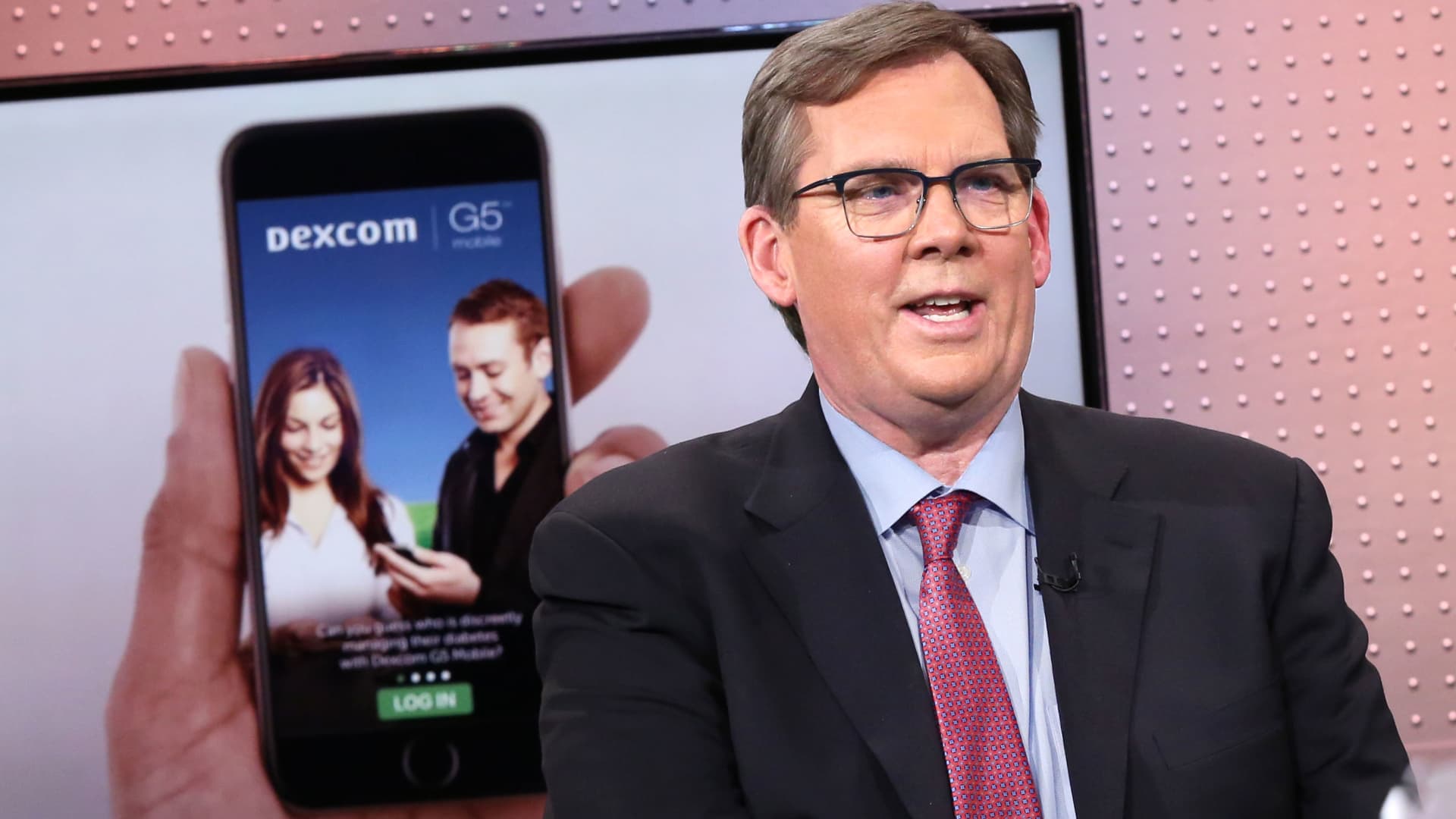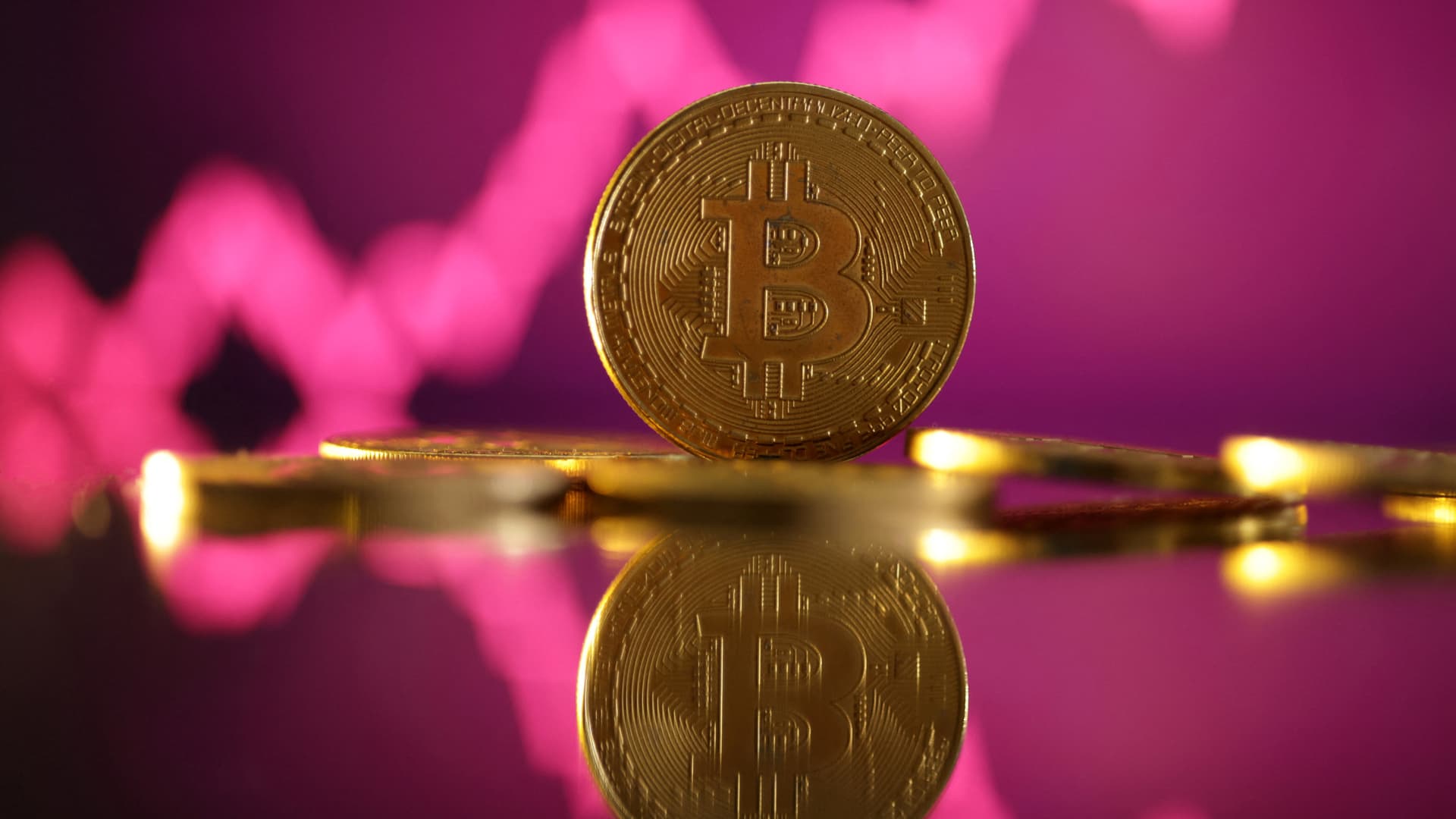Uber reported first-quarter earnings before the bell on Wednesday.
Here are the key numbers:
- Loss per share: $3.04 (GAAP), not comparable to analyst estimates
- Revenue: $6.85 billion vs. $6.13 billion estimated, according to a Refinitiv survey of analysts.
For the second quarter, Uber anticipates gross bookings of between $28.5 billion and $29.5 billion. In addition, it expects adjusted EBITDA, or earnings before interest, taxes, depreciation and amortization, of between $240 million and $270 million.
The company reported a net loss of $5.9 billion for the first quarter, which it said was primarily due to its equity investments.
Its adjusted EBITDA was $168 million. That’s up $527 million from the same quarter a year ago.
Uber’s revenue was up 136% year over year to $6.9 billion.
Here’s how Uber’s largest business segments performed in the first quarter of 2022:
- Mobility (gross bookings): $10.7 billion, up 58% year over year
- Delivery (gross bookings): $13.9 billion, up 12% year over year
Uber was reliant on its delivery business, which includes Uber Eats, throughout the pandemic. However, mobility revenues have finally surpassed delivery revenues. Its mobility segment reported $2.52 billion in revenue, compared with delivery’s $2.51 billion. Revenue strips out additional taxes, tolls and fees from gross bookings.
CEO Dara Khosrowshahi said in a statement that in April, mobility gross bookings exceeded 2019 levels across all regions and use cases.
Uber reported 1.71 billion trips on the platform during the quarter, which is up 18% from the same quarter a year ago. Monthly active platform consumers reached 115 million, up 17% year over year. Drivers and couriers earned an aggregate $9 billion in the quarter, which is slightly less than the fourth quarter.
Uber said its driver base is at a post-pandemic high. The company expects that to continue without “significant incremental incentive investments,” Khosrowshahi said in prepared remarks.
Rideshare companies have struggled with supply and demand since the Covid-19 pandemic lead drivers off the road. Companies, including Uber, had to heavily rely on driver incentives to bring drivers back, which ate into its financials.
That seemed to be stabilizing in recent months, but the war in Ukraine caused significant hikes in fuel prices. Analysts feared companies would have to pour millions into keeping drivers around. Uber is likely to add more color on driver incentives during its earnings call that is scheduled for 8 a.m. ET.
Drive incentives, along with light guidance, caused shares of rival Lyft to plunge in extended trading Tuesday. Lyft said during its analyst call it will be investing more in driver subsidies in the coming quarter, though it believes that will help “pay off in a healthier marketplace.”






